-
Welcome to Tacoma World!
You are currently viewing as a guest! To get full-access, you need to register for a FREE account.
As a registered member, you’ll be able to:- Participate in all Tacoma discussion topics
- Communicate privately with other Tacoma owners from around the world
- Post your own photos in our Members Gallery
- Access all special features of the site
Question about replacing my 5-speed MT clutch in my 2000 2.4L 2WD base Tacoma
Discussion in '1st Gen. Tacomas (1995-2004)' started by Langing, Jan 5, 2024.
Page 6 of 6
Page 6 of 6


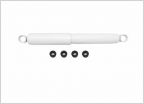 Monroe Strut units
Monroe Strut units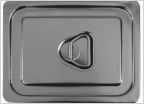 My First Gen Dual Battery Setup
My First Gen Dual Battery Setup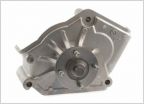 Sounds like marbles behind timing cover
Sounds like marbles behind timing cover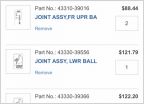 Ball joints
Ball joints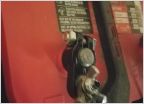 Electrical issues dash, FIXED
Electrical issues dash, FIXED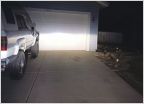 Headlight restoration or Upgrade?
Headlight restoration or Upgrade?











































































